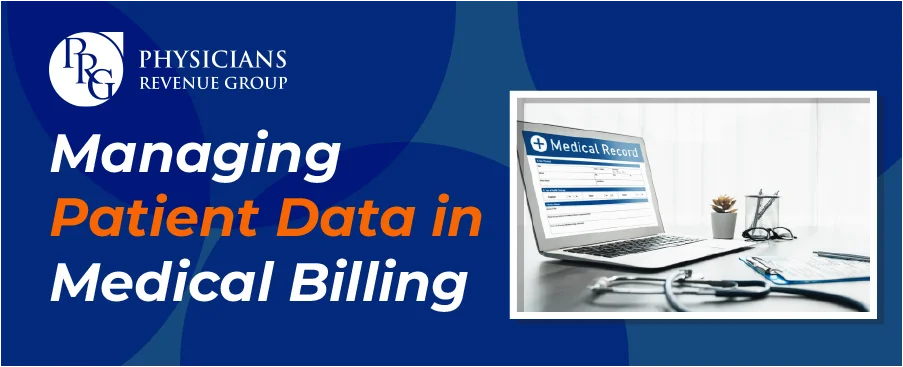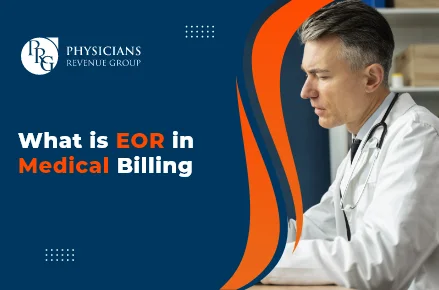
Email: info@prgmd.com | Call: +1 (630) 242-6474
Business hours: 9:00 to 5:00 | Monday to Friday
Email: info@prgmd.com | Call: +1 (630) 242-6474
Business hours: 9:00 to 5:00 | Monday to Friday

Table of Contents
ToggleHDM, or health data management in healthcare, systematically groups the data in a digitized form. Patient data in medical billing includes:
Health data management is the organization of patient data in medical billing and integrating and enabling its analysis to make patient care services efficient while driving essential insights that can improve medical outcomes. Furthermore, accurate and organized patient data also helps streamline medical billing services for healthcare facilities. Proper patient data management also ensures patient information’s privacy and security.
The last few decades saw the starting point of patient data turning from pure paper-based tracking to digitally available information. However, even today, various types of medical data still need digitization or integrated into health data management systems.
Below, we have compiled some essential challenges of patient data in medical billing, affecting all stakeholders, including patients, providers, and medical billing companies. These challenges include the following:
Medical data can effectively be structured in the form of:
Furthermore, patient data can be stored in specialized formats, like DICOM format, for MRI scans. The healthcare patient data in medical billing is often duplicated, collected many times, and stored with varying versions by healthcare providers, hospitals, public health organizations, insurance entities, pharmacies, and the patients themselves. What it means here is that there is no one source of truth regarding patient well-being information.
Patient medical data is sensitive and must adhere to federal and state regulations, such as the Health Insurance Portability & Accountability Act aka HIPAA. The poor data quality and challenges with data discovery make it harder to carry out the necessary audits for meeting regulatory requirements. It limits the diversity of healthcare data providers can use for patients’ benefits.
Furthermore, data security in healthcare revolves around HIPAA. HIPAA defines the IT team’s tools and techniques to protect healthcare data. HIPAA also details how healthcare providers must control who has access to patient data and who can use it.
Efficient management of patient data in medical billing can facilitate improvement in service delivery and treatment accuracy. Health data management entails:
It helps healthcare providers to assess medical information and then use it to find actionable insights. However, that is only one side, so let’s look at other benefits of health data management. Not only that, but these benefits are also growth opportunities for medical staff and their patients.
Share:
Categories
Recently Added

What is an ABN in medical billing?

What does a Clearinghouse do During Claims Submission?

What is EOR in Medical Billing?
We Would Love to Assist You!
We treat your data confidentially and don’t share any information with a third party.